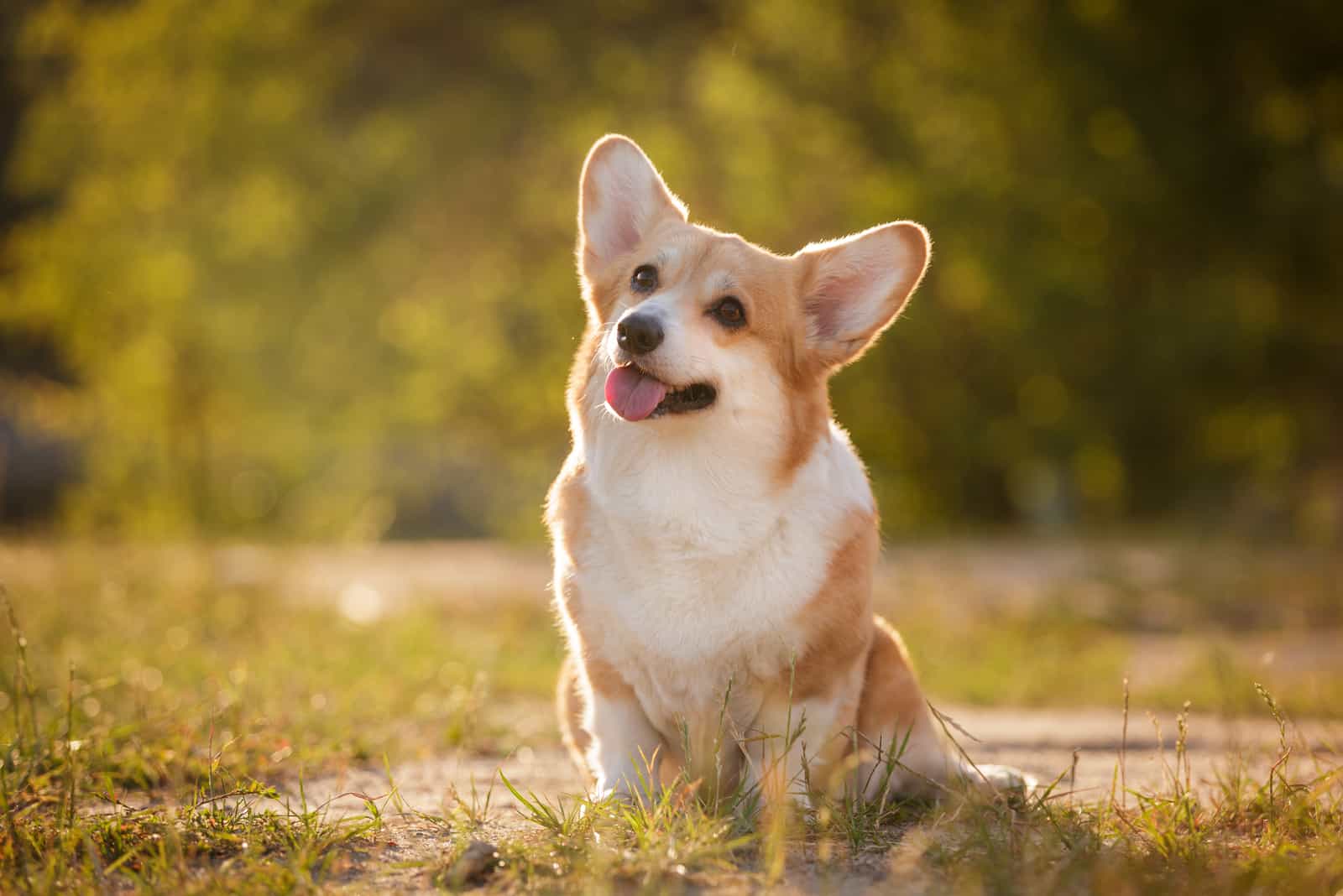These interestingly looking little dogs, associated with the vikings, Queen Elizabeth, and even George VI, have many fascinating tricks up their sleeves. Their dachshund-looking body surely makes you wonder, What Were Corgis Bred For?
Yet, you know that there are different types of corgis. Both Pembroke Welsh Corgi and Cardigan Welsh Corgi are both corgi breeds famous for their herding instincts. But actually, Corgis are capable of much more things than being mere heelers and sheepdogs.
To further investigate into the actual facts of what Corgis were bred for, we must look at things from a historical perspective, and go all the way back to the 10th century.
As many other dog breeds, by evolving, they have obtained many other characteristics. Now, these family pets are mostly couch potatoes that could watch TV all day with you, but they actually have much more potential.
Ancestry: What Were Corgis Bred For?
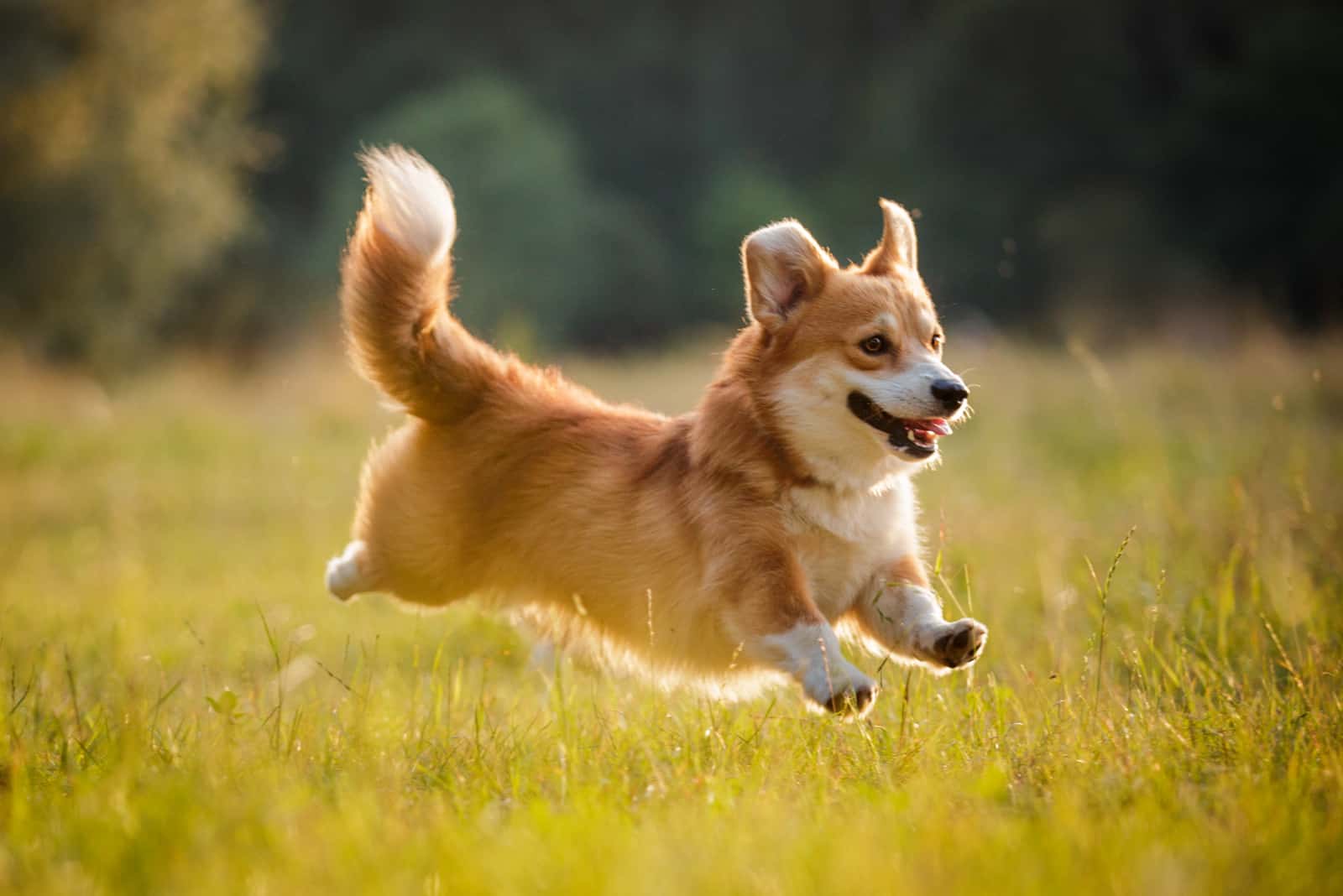
Ancient texts refer to the fact that Corgis were brought to the British Isles around 10th century AD by nonetheless, but Nordic Vikings! They were most likely, because of their friendly nature and working dog abilities, brought to be Vikings’ loyal companions.
As much as we find this dog breed friendly and a good companion, so did the people from the earlier periods. Small dog breeds were always popular, and it seems as if the 10th century was not an exception.
They were bred for many useful purposes, which we will find out about more in the following paragraphs.
Pembroke Welsh Corgi As A Transportation?
The Pembroke Welsh Corgi’s genealogy can be traced back to 1107 AD, and the story that they were brought to Wales by Flemish weavers.
The legend surrounding the origins of this dog breed sounds like a nice fairy tale bedtime story. The nordic people are famous for their mystical legends and interesting stories being the surrounding aura of their folk.
So there is nothing unusual with these mystical stories, when we take into consideration that our Corgis actually have some nordic roots.
The story goes something like this: Once upon a time, two children were playing in the nearby woods. As they were running across the forest playing catch, the children met fairies.
The wood fairies were good-spirited, and wanted to give something to the children, so the children could arrive home safely. The fairies gifted them two Corgis, which the fairies actually used to ride like horses.
The legend says that the stronger double-coat (that sheds, a lot!) on the peak of Corgis shoulders was the actual place the fairies used as a saddle. That line of the visually different fur was, according to the old Welsh legend and tales, where the fairies sat.
Cute little story, isn’t it? We can definitely imagine Corgis being these fictional characters who work with nonetheless, but fairies. There are other theories and legends surrounding this breed, but this one has the most fictional elements embedded.
Scandinavian Swedish Vallhund And Corgi: Sharing Many Traits
If we take a look at the Scandinavian Swedish Vallhund, and compare it to a Corgi, we can see many physical similarities. They are two separate breeds, however they both have long ears, short legs and a longer torso.
The Swedish Vallhund originates from Europe and is also connected to Scandinavian influence and heritage. Our Corgis are also connected with Wales when it comes to ancestry, and it is no coincidence that these two breeds look alike! It is believed that today’s Corgis are a result of breeding the Swedish Vallhund with the domestic cattle dogs from Wales.
Many dog breeds that we know of today are crossbreeds of some already extinct breeds. Dog breeders carefully selected the dogs who have the best traits for the dog’s original purpose, and worked on creating a new dog breed that fits their needs.
As cattle owning was the most prominent job out there, dog breeders carefully selected the dogs that were born with natural cattle herding instincts. The selected dogs were purposely bred in order to create a strong bloodline of working dogs.
These little herding dogs quickly became the family’s favorite. They were very hard-working dogs, natural herders, but also great companions. Their friendly personality is the reason they are existing even hundreds and hundreds of years later, being our modern-life furry friends.
These two cousin breeds definitely look alike. We can say that both breeds share many common traits, and that they were both bred, at a certain point, to be an excellent working dog who is of a great help for any farmer out there.
Name Decoding: Connection To What Were Corgis Bred For?
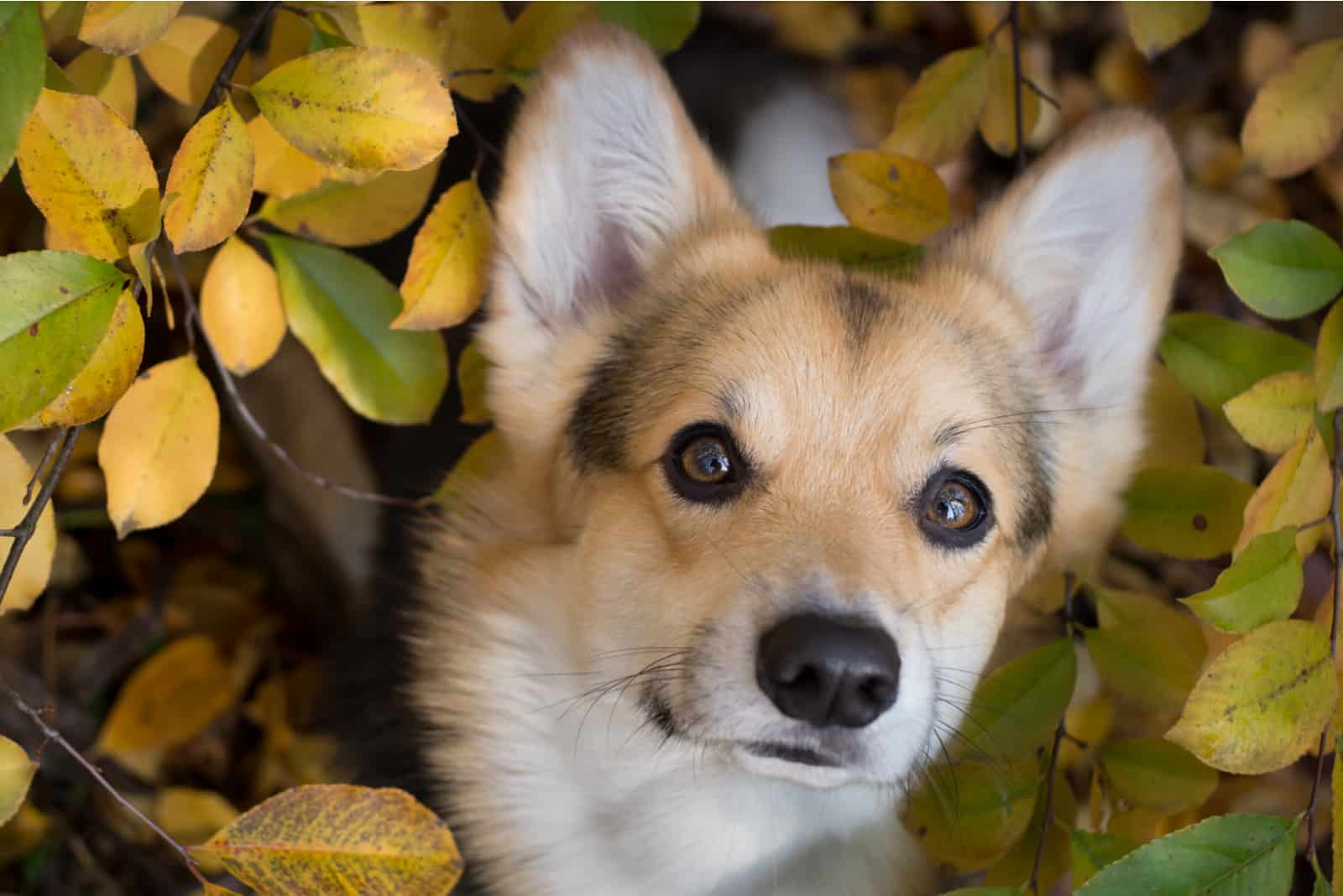
Have you ever asked yourself what does Corgi actually mean? Maybe, we have an answer of what were Corgis bred for right there!
There are two versions of the meaning of the breed name. Both are a great way to interpret the meaning behind the name ‘Corgi’ and both serve a purpose! We will find out how descriptive this word actually is, and maybe you had no clue about this!
The first version says that ‘cor’ actually derives from a verb which means ‘to gather’, and that ‘go’ is another shorter Welsh version of the word ‘dog’. We know that some welsh words are a bit more difficult to understand, and have completely different morphemes than other British Isles.
The second version of the Corgi name decoding says that ‘cor’ actually means dwarf, and the remaining already mentioned ‘go’ which stands for ‘dog’, together make a dwarf dog! Makes sense, because of Corgis physical proportions, right?
We can agree upon the fact that both ‘gathering dog’ and ‘dwarf dog’ fit the description of this lovely dog breed. Yes, they are smaller in size, but that does not affect their gathering abilities and their instincts.
Are Corgis Bred To Be Royal Companions?
Prince of Albert, the Duke of York, known as George VI, bought a Pembroke Welsh Corgi, after his daughters, now Queen Elizabeth II and Margaret, showed sympathies towards this breed. In the royal family, they didn’t actually do all the things Corgis were actually bred for, but they served as friendly companions.
Pembrokeshire is known to be Queen Elizabeth the II’s favorite breed. She kept the love for this dog breed since she was a little girl, and later even became a dog breeder herself! The Queen actually had a really nice friendship with her first Corgi, Susan.
Because of the beautiful family dog personality, the Queen herself bred around 10 generations of Corgis, starting with her first one, Susan. Apparently, Susan and the Queen had such an amazing relationship, that the Queen wanted to have more of these furry friends.
Altogether, the Queen has had over 30 Corgis. Most of them were purebred Pembrokeshire, but on a few occasions, it has happened that her Corgis bred with Dachshund, creating a new breed named Dorgis.
The Queen has added a cultural value to these beautiful little dogs, making them an even greater trademark of the British Isles and British culture in general. Thanks to this culture boom, Corgis became movie and cartoon characters, and in general became more popular in the media.
It is interesting that, back in 2014, the Kennel Club registered the Corgi to be a vulnerable breed, due to not many people owning them. Only four years later, in 2018, they were crossed out from the AKC Most Vulnerable Breed list, because people started buying them more, and from that point, they were not endangered in any sense.
Sadly, the last Corgis of Susan’s bloodline died in 2018. Nevertheless, the Queen’s love for dogs, and especially Corgis, has only grown stronger over time.
Actual Purpose: What Were Corgis Bred For?
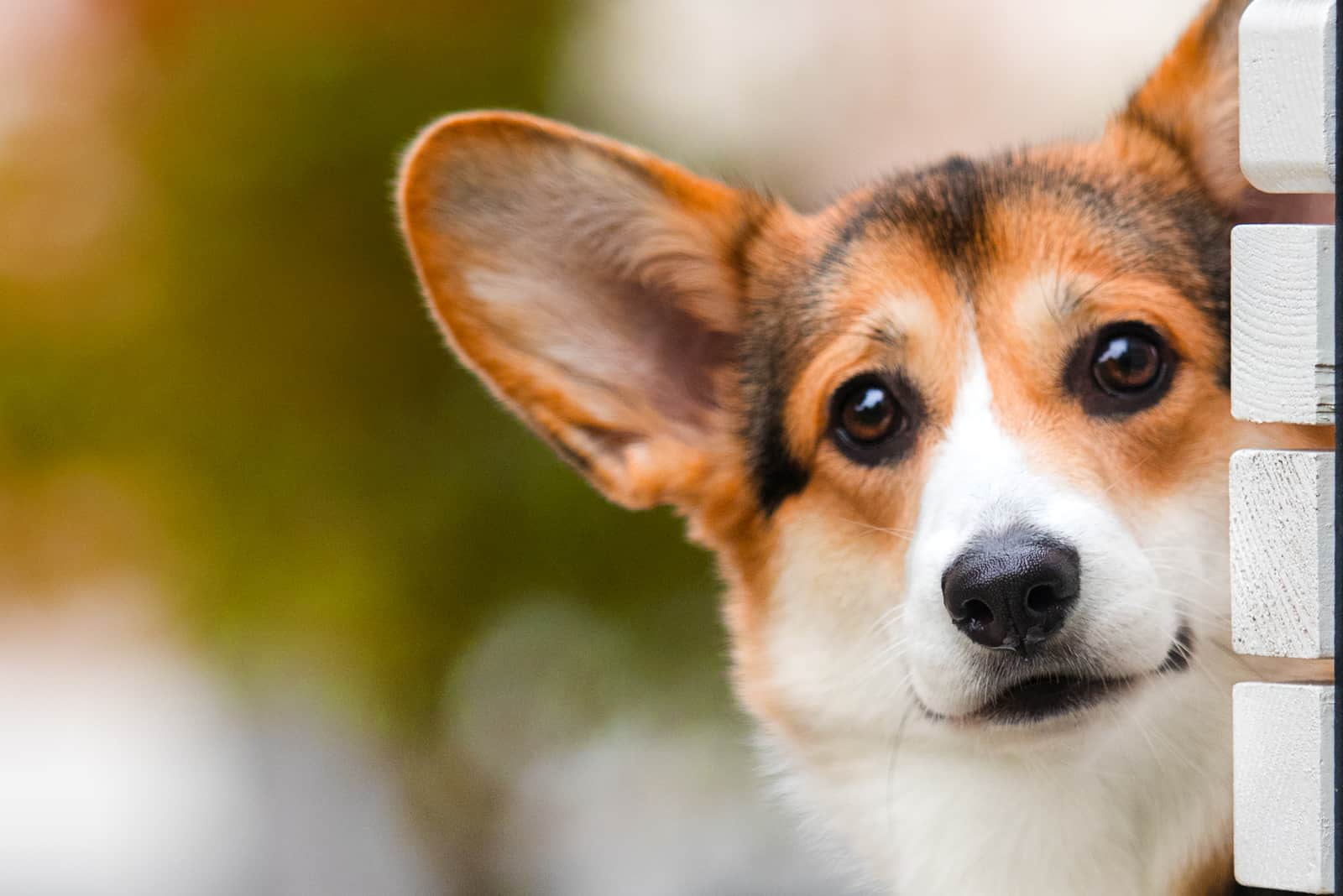
We have read many interesting versions of how and for what purpose corgis were bred for, from fierce Vikings to fairy tail stories. All of those stories aside, Corgis were actually bred to be herders.
These little dogs are born with herding instincts. They were bred to be cattle herders! Because of their short legs, they were the perfect size to control the herd of animals. They would run around and govern the herd to a certain direction by gently warning them.
Being small (check the Corgi growth chart for more information), the only way to control bigger animals on the farm was to push or gently bite their legs. That is why they are sometimes called ‘heelers’, because they alarm the cattle by nibbling their heels.
These farm dogs will be happy to help with any kind of chore you assign them to. They are equally good behaved indoors and outdoors. Just as border collies, Corgis are extremely intelligent and obedient dogs.
A sheepdog, a family dog and an excellent watchdog also! You can always feel safe around your Corgi. It will know when to alarm you if there is a danger ahead! Corgi will let you know if there is an uninvited guest around your home. Don’t be fooled by the looks!
Corgi owners report these cattle herding dogs showing their instincts even on humans! Sometimes, when they feel as if there is an approaching danger, they will try to gather their owners at one place, and distract the potential danger.
Were Corgis Bred To Be Dog Show Winners?
To revise, there are two types of Corgis: The Pembroke Welsh Corgi and the Cardigan Welsh Corgi. Both of them have long bodies and a long tail. And yes, these little dogs are so beautiful, almost as if they were bred to be dog show winners!
But these dog breeds come in different colors: The Cardiganshire comes in merle, black and white, brindle, red with white markings and sable with white markings. The Pembrokeshire are usually sable or red, and sometimes they come in three different colors.
Cardiganshire And Pembrokeshire Corgis: Two Separate Ancestors?
You might be surprised that, even if Corgis are bred for the same reason, their ancestors differ. The Pembroke Welsh Corgi’s ancestors, when traced down, showed a spitz lineage. Because of the spitz influence, Pembrokeshire Corgis have a bit more sharper muzzle, pointier ears and sharper face, than the Cardiganshire Corgis.
The Cardiganshire Corgis are a bit larger and have naturally longer tails than the Pembrokeshire. Looking at the breed standard, they are usually about 10.5-12.5 inches tall and weigh around 30-40 pounds.
The Pembroke Welsh Corgi, on the other hand, is around 10-12 inches tall and weighs around 30 pounds maximum in male species, and 25 pounds in female species.
We can conclude that the ancestors of Cardiganshire and Pembrokeshire may actually differ, and that is really interesting, knowing that they look pretty much the same!
Corgis: A Healthy Dog Breed
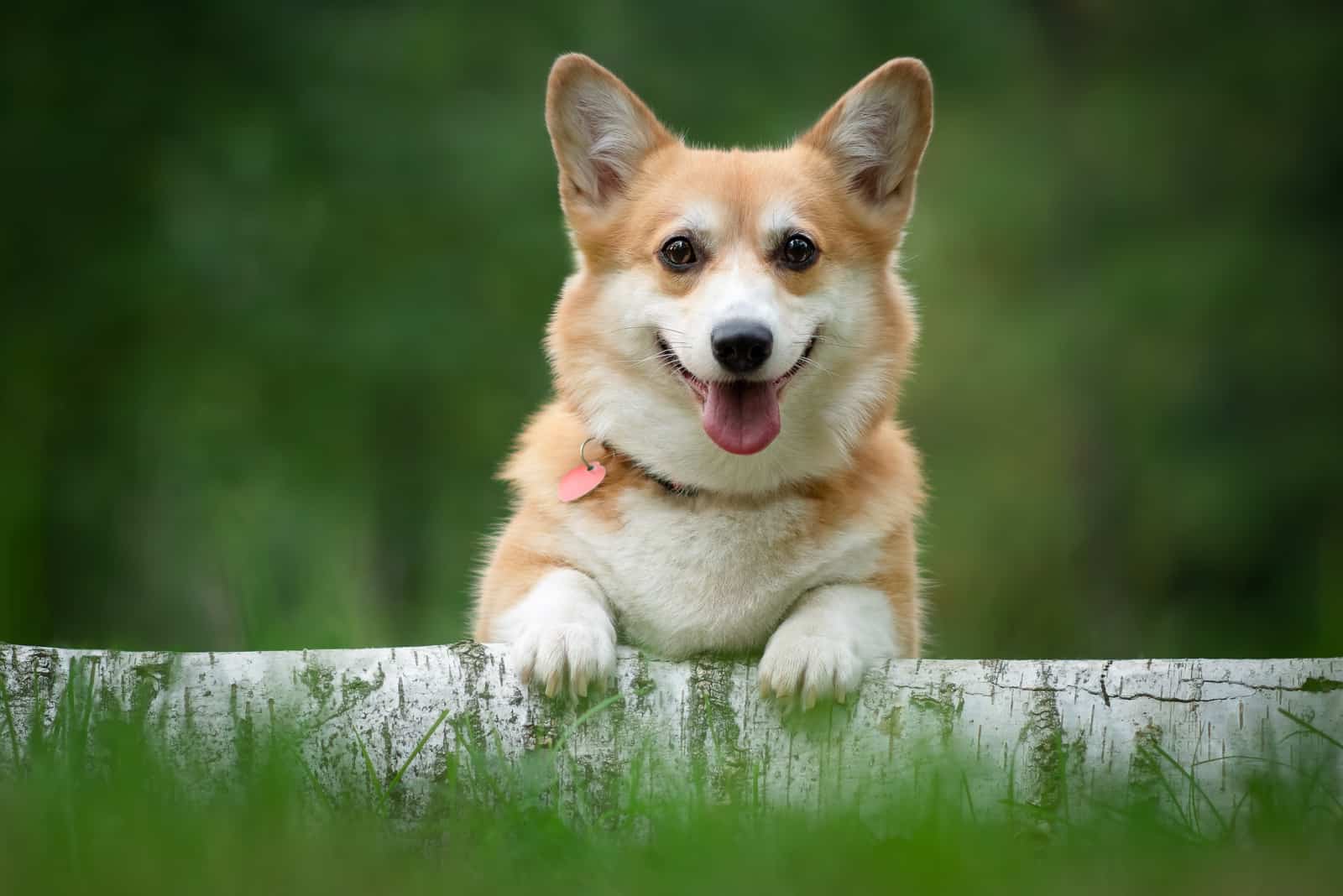
These furry companions will be your friend for around 12 years. Of course, a dog’s lifespan may vary. But fear not! The Queen’s Corgis all lived for at least 15 years.
And, the oldest reported Corgi named Bluey, was living healthy for 29 years!
Corgis are a healthy dog breed. It is natural that, by age, every living being gets prone to different diseases and becomes a bit more sensitive to its surroundings.
Corgis are not an exception to that fact.
Nevertheless, Corgis don’t have many inherited diseases or any kind of genetic problems. In their breed, sometimes it occurs at an older age that they get canine cancer, but that is the natural way of the immune system starting to become weaker.
Some Corgis showed problems with kidney failure. Also, at an older age, they showed problems with eyesight. But that comes with age, right?
Due to their bodies being little and their puppies being a bit bigger and sturdier, Corgi moms often need to get a c-section when delivering puppies. That is an usual occasion when talking about small dog breeds.
Corgis are generally such a healthy breed that they don’t even suffer from hip dysplasia, which is a very common dog condition. Hip dysplasia is a condition that forms while a dog is growing up, and if the bones don’t sit correctly, it becomes a bigger problem when the dog becomes older. Luckily, Corgis don’t suffer from this illness!
Definitely, if you want a furry friend that doesn’t have many genetically inherited illnesses, and has a normal life expectancy for a small dog, the Corgi is your perfect match!
The American Kennel Club And Corgi Breeds
The American Kennel Club (AKC) recognised Corgis as a breed in 1928. But note that, at this time, all the Corgis were considered to be one breed. There was no distinction between the Pembroke Welsh Corgi and the Cardigan Welsh Corgi.
Only later, in 1934, the Pembroke Welsh Corgi and the Cardigan Welsh Corgi were recognised as two different breeds by the Kennel Club. At that first dog breed registration, around 60 Cardigans and 200 Pembrokes went through pedigree registration.
As the number between Pembroke and Cardigan does differ, the Cardigans continued to be a bit less prominent than the Pembrokeshire.
Nevertheless, 2005 was known as the Pembroke year! In 2005, The Kennel Club obtained around 125 registrations of new Pembroke Welsh Corgi puppies!
The breed standard is proposed by the Pembroke Welsh Corgi Club of America, where all the finest experts of this dog breed work. They are specialised to maintain the standard of the breed and to be a great and official source of all kinds of reliable information.
Do Corgi’s Traits Fulfill Your Pet Wishlist?
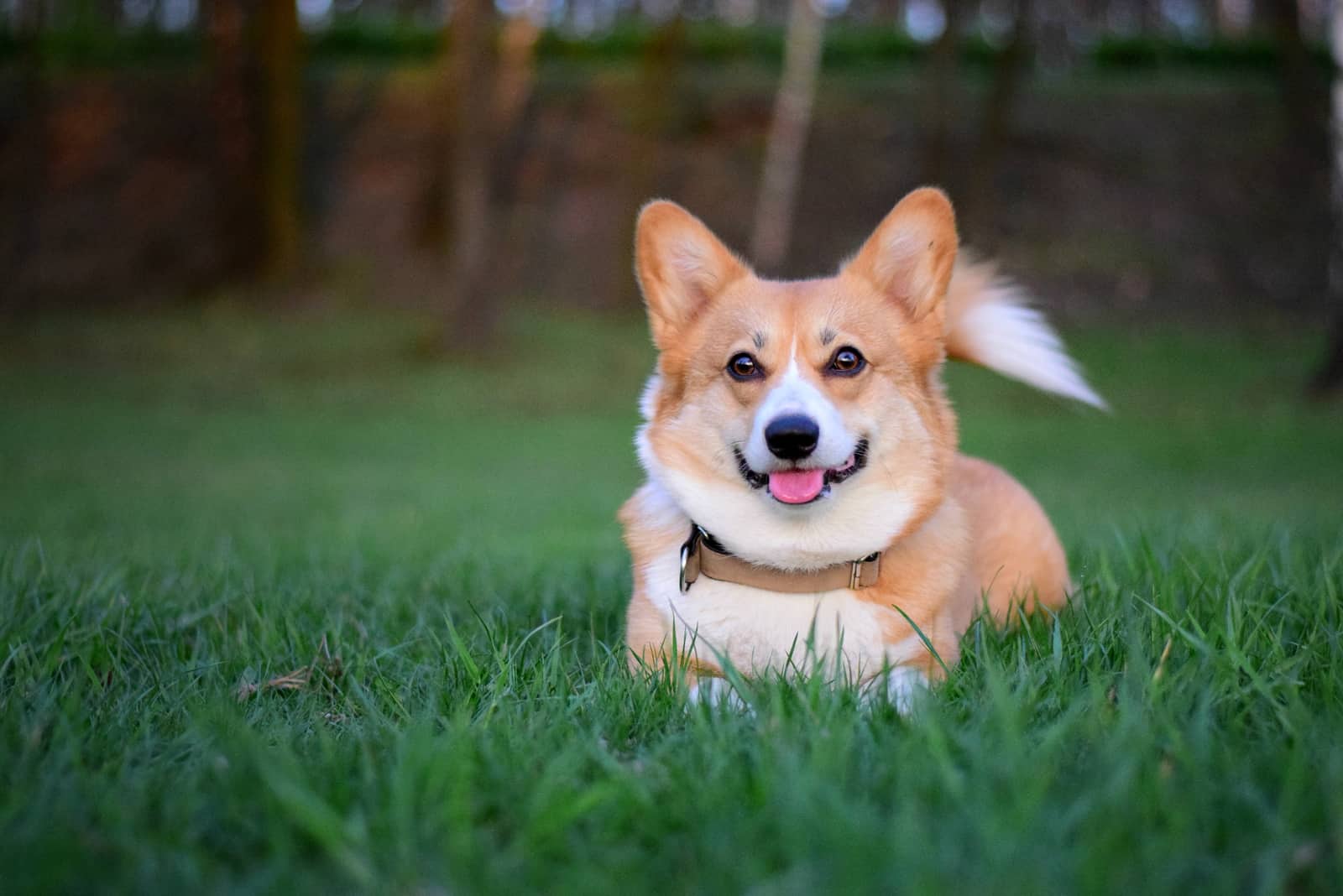
When deciding upon getting or adopting a puppy, one must consider a great number of things, one of them being what Corgis were bred for. Why is that important?
It is important because their genetics do have an impact on their personality. When finding the perfect match for yourself, you just need to introduce yourself to the history of the breed. The personality traits of a dog must meet your expectations!
For example, if you like a dog that would lay around all day with you and watch TV, the German Shepherd is definitely not your fit. They really need daily exercise, and can become a bit cranky and obnoxious if they don’t have a place and the time to spend their energy.
But, if you want a dog that can be many things at once; the perfect competitor in dog sports (such as conformation, herding, obedience, obstacle jumping etc), the perfect farm dog, the perfect family dog, watchdog, or the perfect dog for a smaller apartment, Corgi can fit into all of these wishes!
Their personality is strangely versatile and they can fit into any of the above mentioned categories. They don’t have a very uptight personality and they will be happy to be with you, no matter what role they, at the end, take.
To Conclude
To answer the burning question, what were corgis bred for, we can simply answer: to be a working dog and to be a great companion. They are extremely intelligent and reliable, making them a perfect pet for any type of family.
No matter the case, Corgis will be a great choice. If you happen to have a farm with livestock, a big house with an even bigger yard that needs a watch dog, or just a family that wants to have a pet, a Corgi puppy is the perfect fit for you.
Welsh Corgis from Cardigan and Pembroke were both developed to herd animals. They are capable of managing all kinds of livestock, including cows, sheep, and even ducks. In fact, since they gather cattle by nibbling at the animals’ heels, corgis are described as “heelers”.
With their family, cardigans are loving and lively, but they may also be noisy barkers and suspicious of strangers. They are intelligent, food-focused dogs, and the majority of them take to positive reinforcement training techniques successfully.
They are a generally healthy dog breed and can live up to 15 years of age. They generally have a clean medical record, and don’t suffer genetically from any terminal diseases, nor is any disease specifically tied to this breed.
They make wonderful companions, friends and family dogs if you’re willing to put in the effort and give them what they need. By what they need, I mean the necessary obedience training, or at least careful and loving upbringing.
Read Next: 34 Adorable Corgi Mixes That Will Make You Go ‘Awwww!’
